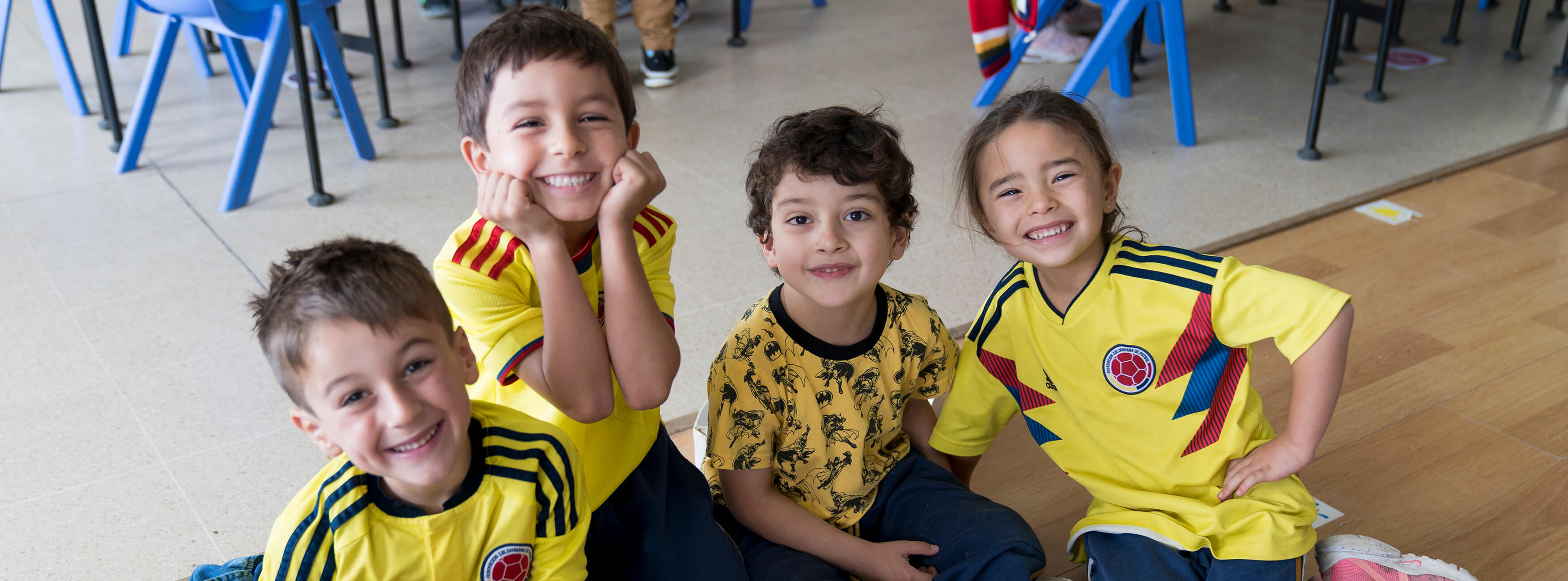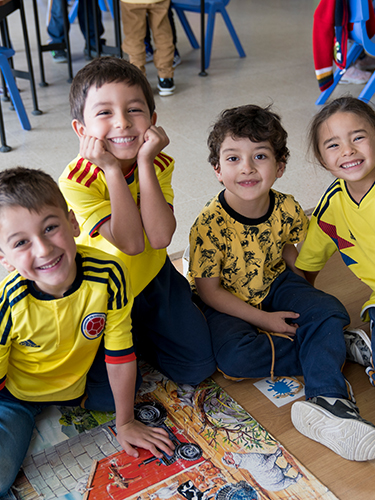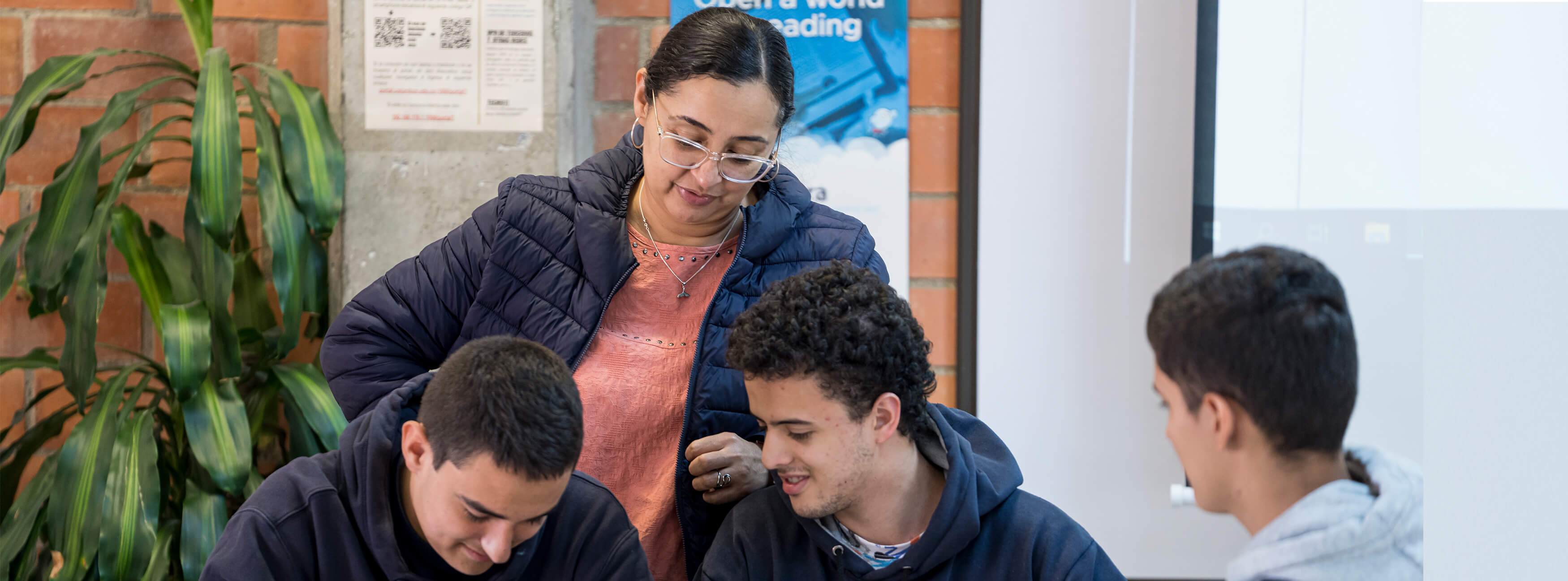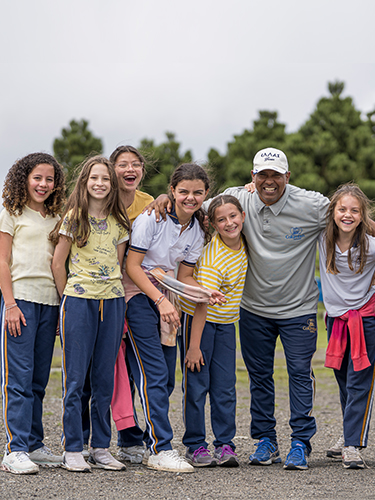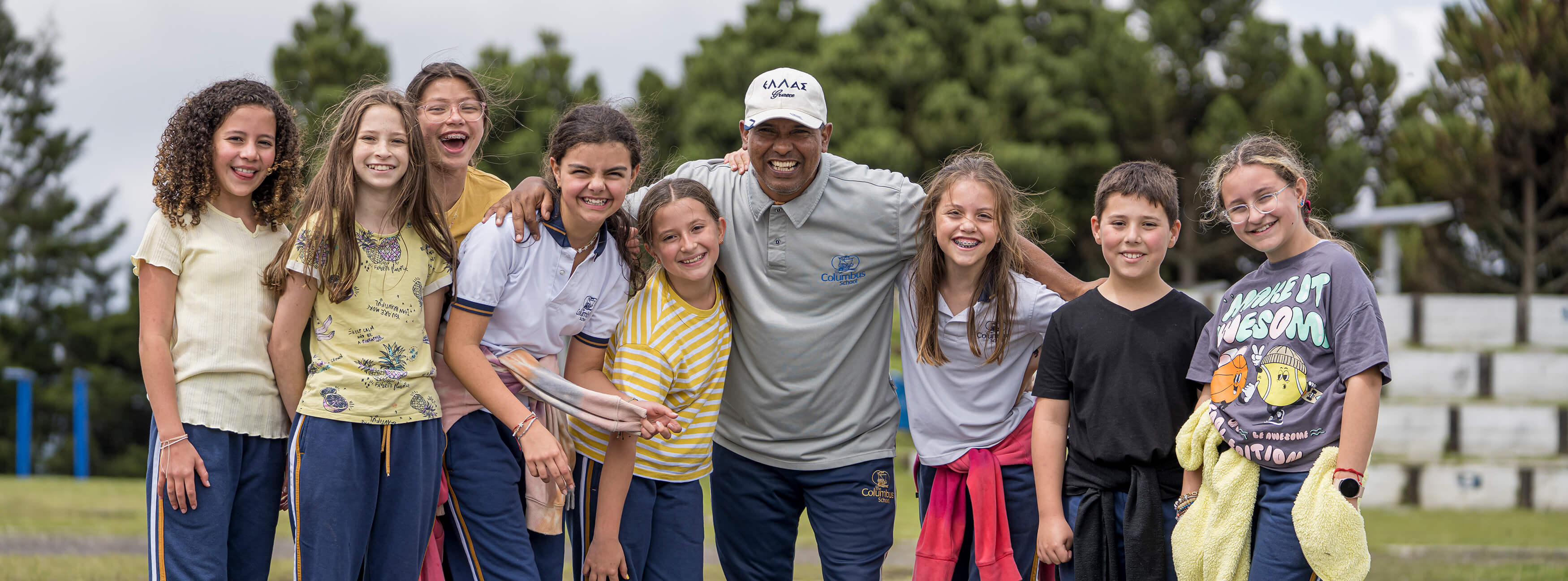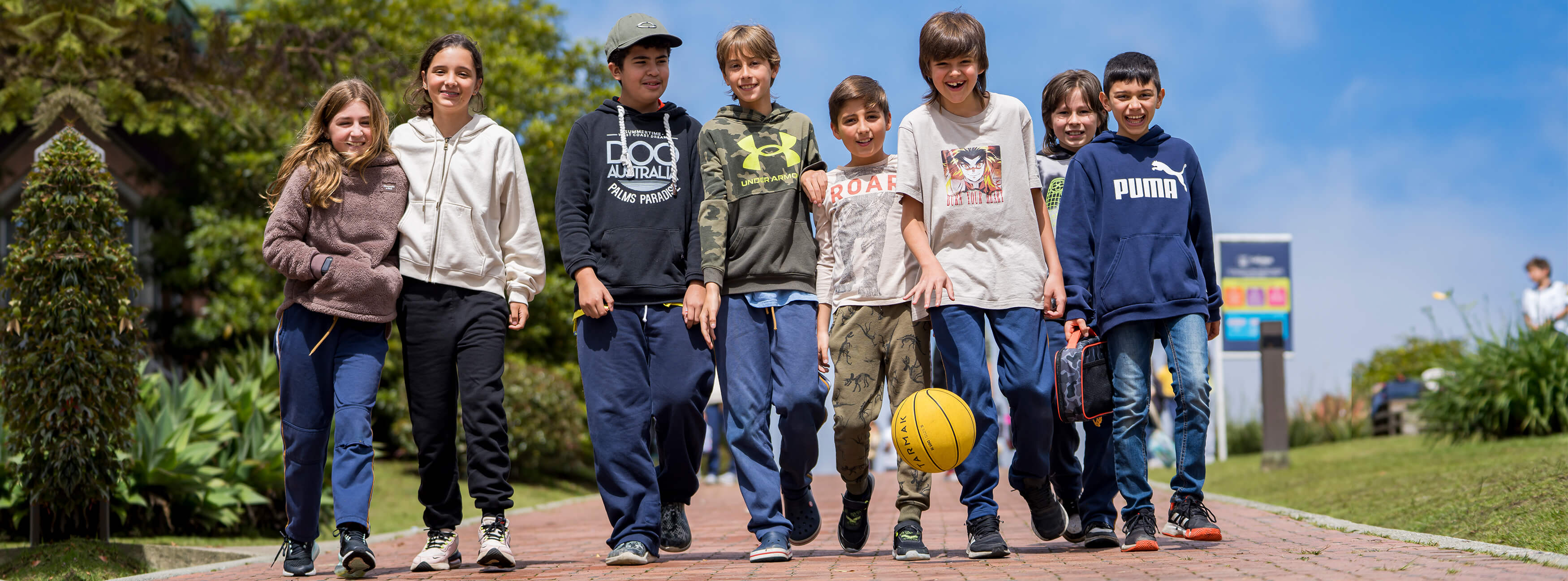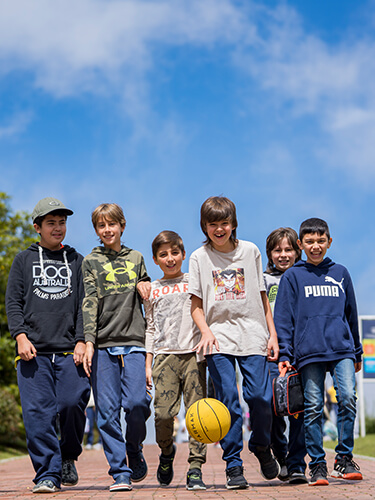EY and ES
Units of Study
To see an overview of the units of study please click the button associated with the content area or grade level. If you would like more detailed information about a specific unit, please contact your student’s teacher directly.

MS and HS
To see an overview of the units of study please click the button associated with the content area or grade level. If you would like more detailed information about a specific unit, please contact your student’s teacher directly.

*Subject to change: These documents are updated each trimester and are subject to changes based on responsiveness to student needs and possible changes in the schedule.

